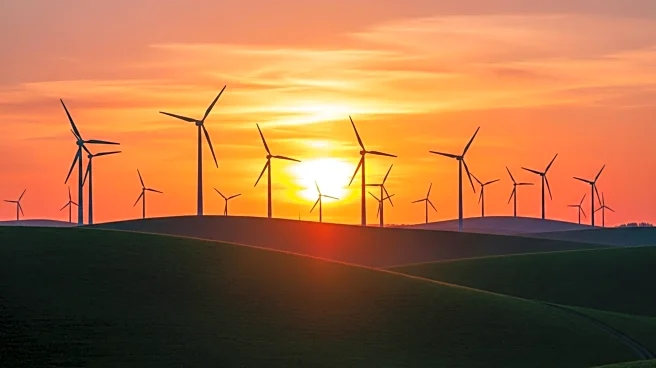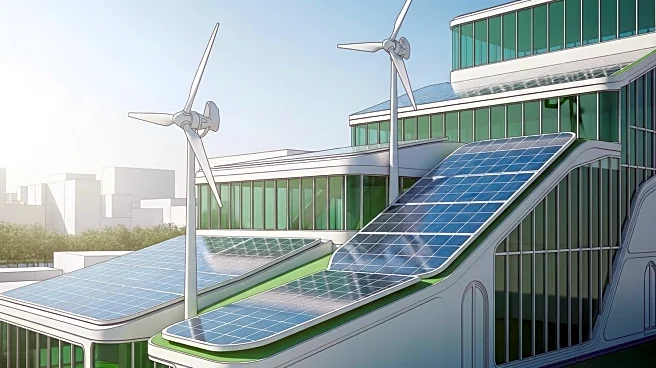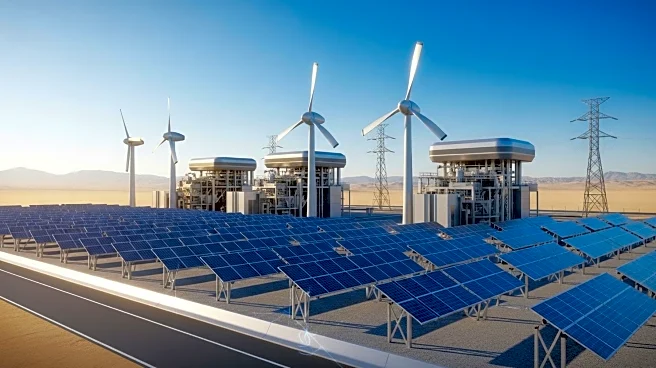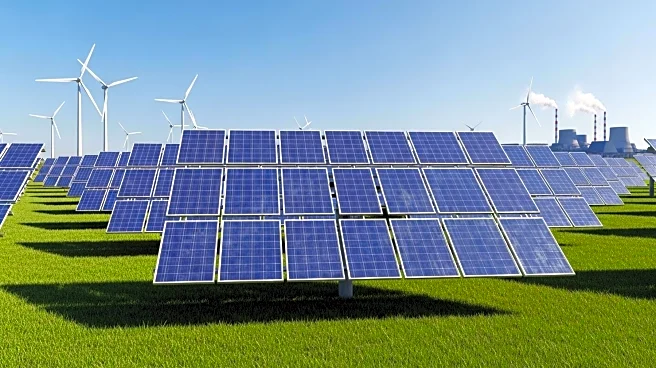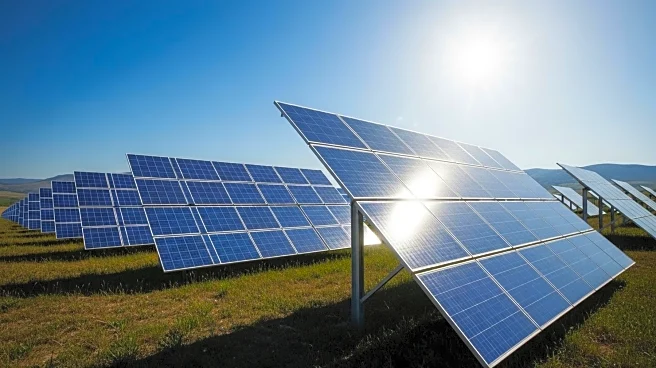What is the story about?
What's Happening?
The International Energy Agency (IEA) has reported that electricity consumption in the Middle East and North Africa (MENA) region has tripled since 2000, with a further 50% increase expected by 2035. This surge is driven by urbanization, industrial expansion, and rapid population growth. The region's energy mix is set to undergo significant changes, with natural gas, renewable energy, and nuclear power expected to play larger roles. Currently, natural gas and oil dominate the electricity mix, but by 2035, oil-fired output is projected to drop to 5% of total generation. The region's solar capacity is anticipated to expand tenfold, and renewables' share in the energy mix is expected to rise to 25%.
Why It's Important?
The projected increase in electricity demand in the MENA region highlights the growing energy needs of rapidly developing economies. This demand surge presents both challenges and opportunities for energy producers and policymakers. The shift towards renewable energy and natural gas reflects a global trend towards cleaner energy sources, which could have significant environmental benefits. However, the transition also poses challenges in terms of infrastructure development and investment. The MENA region's energy transformation could influence global energy markets, affecting prices and supply chains. Additionally, the increased focus on renewables aligns with global efforts to combat climate change and reduce carbon emissions.
What's Next?
As the MENA region prepares for this energy demand surge, investments in infrastructure and technology will be crucial. Policymakers will need to develop strategies to balance energy security with environmental sustainability. The expansion of renewable energy capacity will require significant financial and technological resources. International cooperation and partnerships may play a key role in facilitating this transition. The region's energy policies and developments will be closely monitored by global stakeholders, given their potential impact on international energy markets and climate change efforts.
AI Generated Content
Do you find this article useful?


